The crisp morning air in Takayama carries stories from centuries past. Along the narrow streets of this mountain city, wooden merchant houses from the Edo period stand sentinel, their weathered facades telling tales of prosperous trade routes and master craftsmen.
This former merchant town in the mountainous Gifu Prefecture is one of my favourite places in Japan and I’m excited to share my Takayama itinerary to help you make the most of your visit.
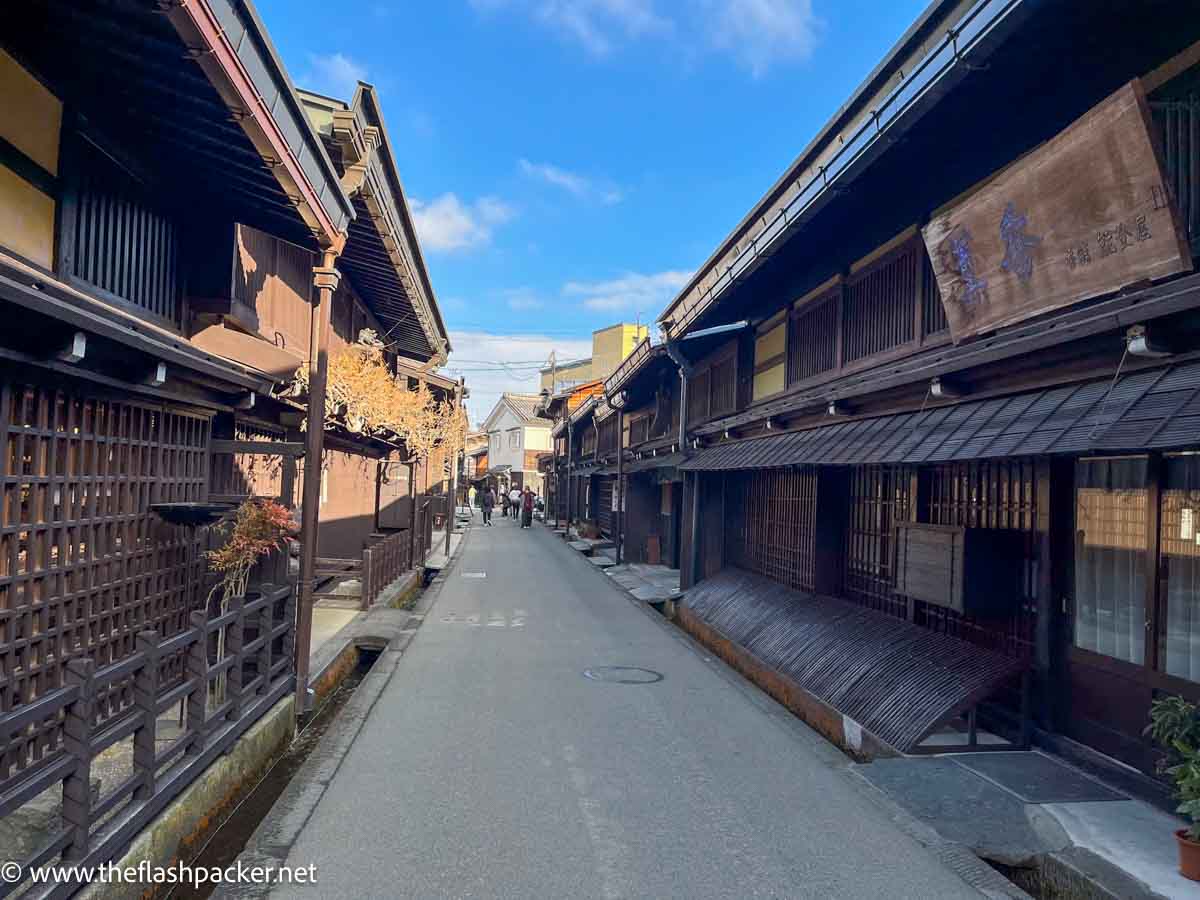
Some articles on this website contain affiliate links. This means that I may earn a small commission if you make a purchase through these links. As an Amazon Associate, I earn from qualifying purchases. Read the full disclosure here.
My 2 Days in Takayama
I spent two days in Takayama in winter as part of a 2-week Japan itinerary, staying at the gorgeous Oyado Koto No Yume. I travelled there on the Hida Wide View train from Nagoya, a spectacular journey across the Japanese Alps, and left by bus for Matsumoto (another super scenic journey).
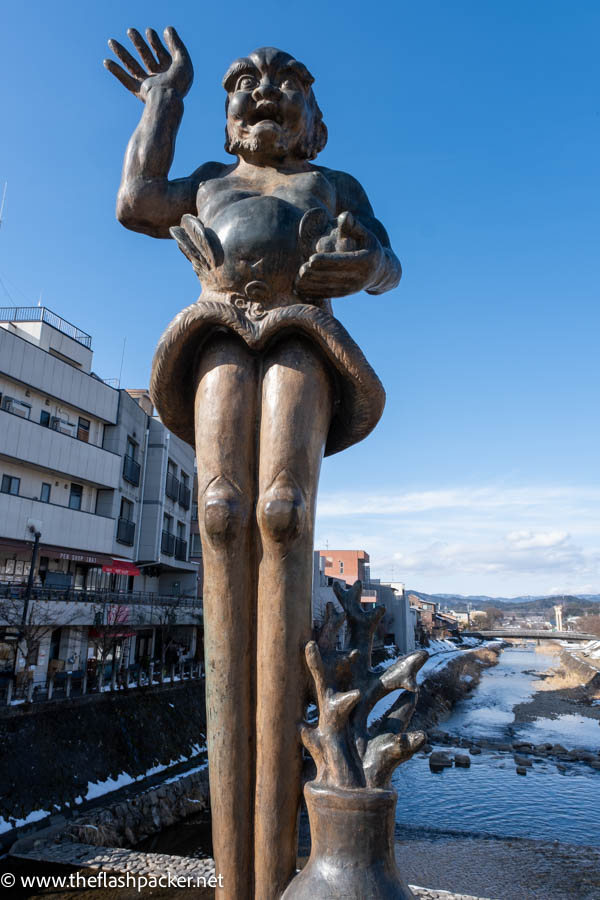
Day 1: Historic Heart of Takayama
Start your morning at the Miyagawa Market, alongside the Miyagawa River. Local vendors arrive early to set up stalls selling handicrafts and regional specialities like pickled vegetables, Hida beef skewers and seasonal produce.
Try the takoyaki (octopus dumplings). These little balls of goodness are made from a wheat flour batter, stuffed with diced octopus and ginger and garnished with bonito flakes.
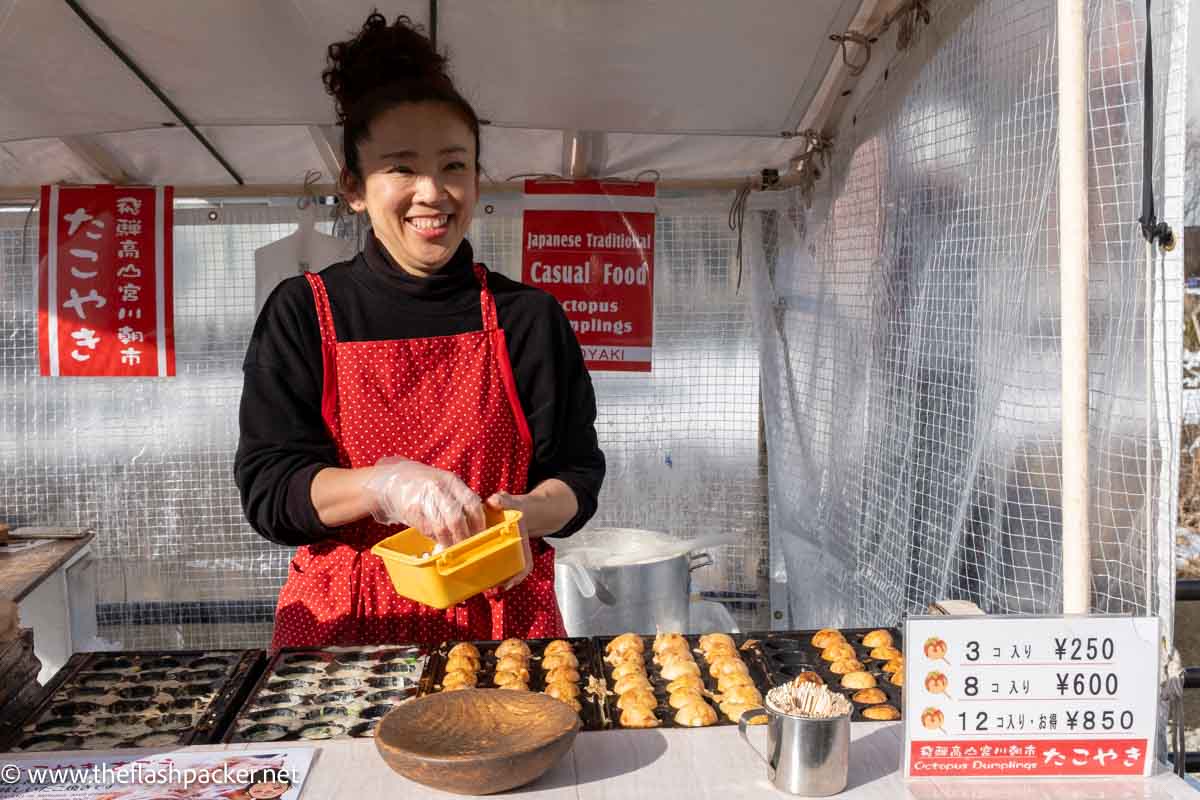
Visit early for the best experience. When I arrived before 9 a.m., it was gloriously crowd-free. By 11 a.m., it was a different story, transformed into tour group central.
The nearby Shimoni-no-machi district has some of Japan’s finest traditional townhouse architecture. Dark wooden facades with latticed windows line the narrow streets, housing sake breweries, craft shops and restaurants. Many buildings open their front rooms to visitors, offering glimpses of traditional merchant life through carefully preserved interiors.
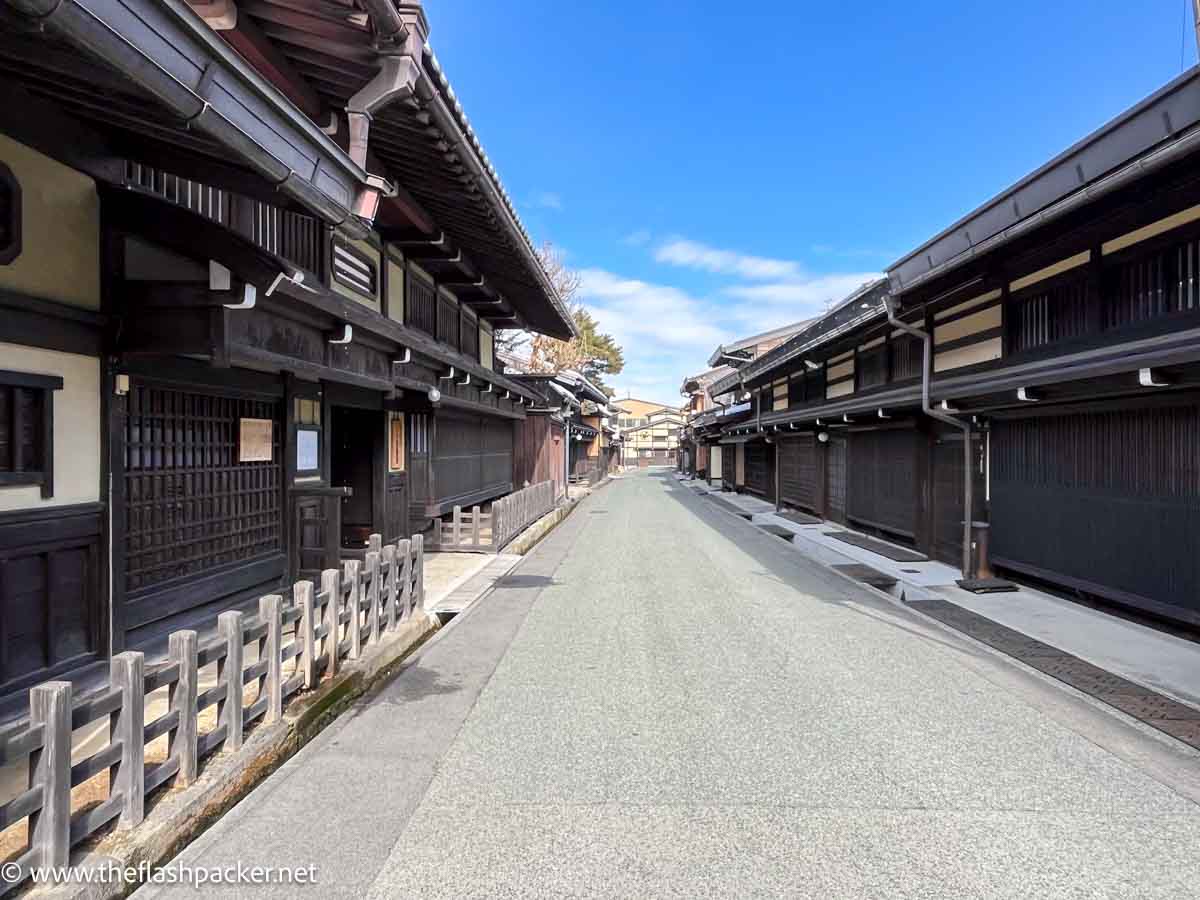
Make time to visit Yoshijima Heritage House, an immaculately maintained former merchant residence. Built in 1907, it was the home of the Yoshijima family, well-known sake brewers and money-lenders. Check opening hours and ticket price here.
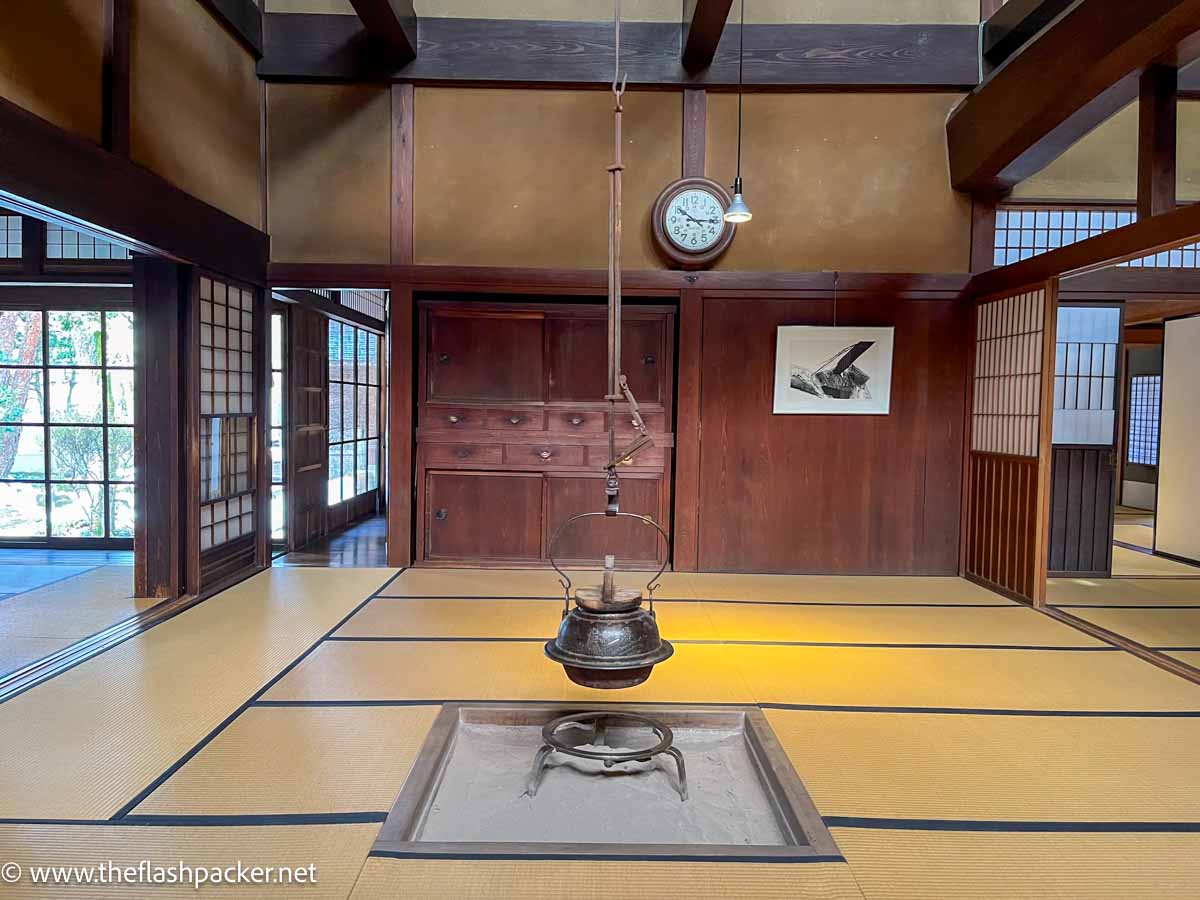
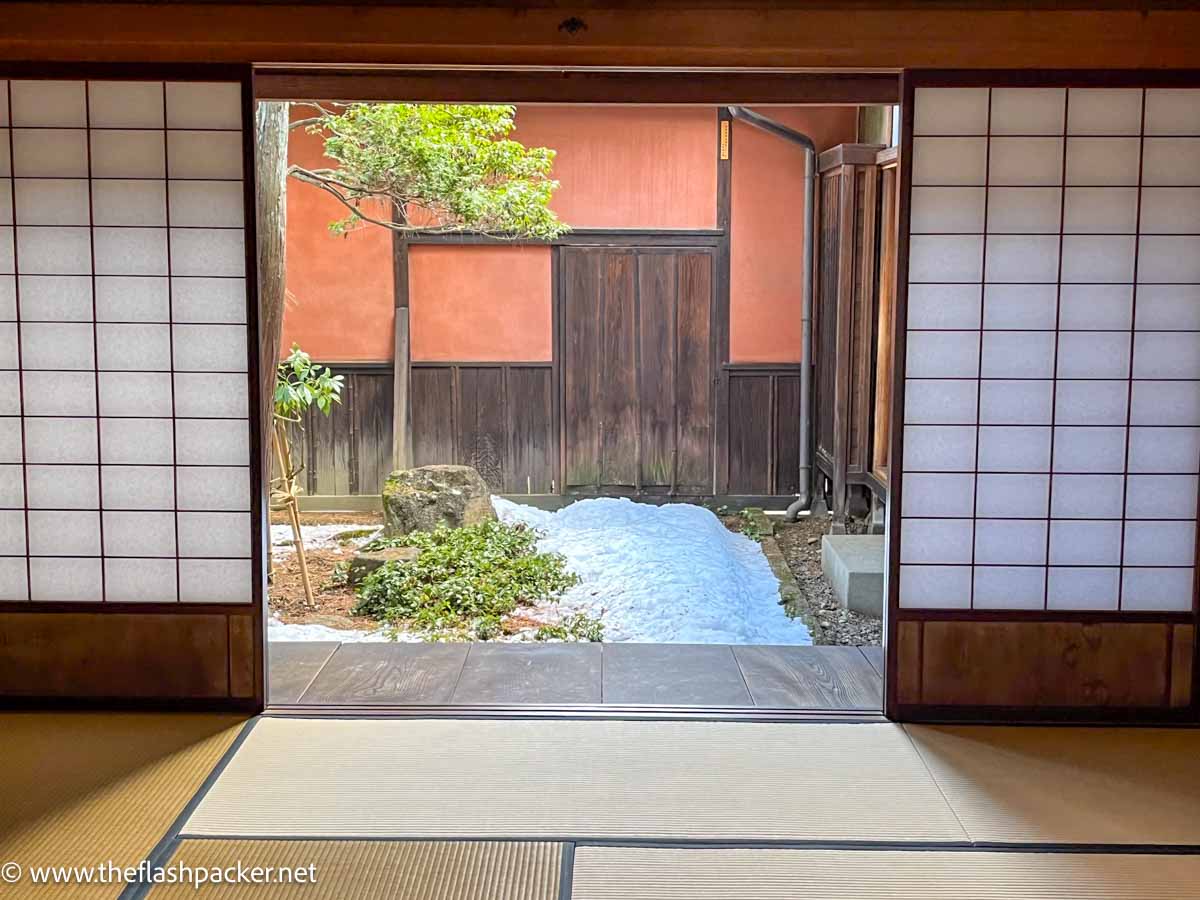
Ascend a stone staircase through ancient cedar trees to the Sakurayama Hachimangu Shrine. This important Shinto shrine dates from the 5th Century and plays a central role in Takayama’s famous festivals.
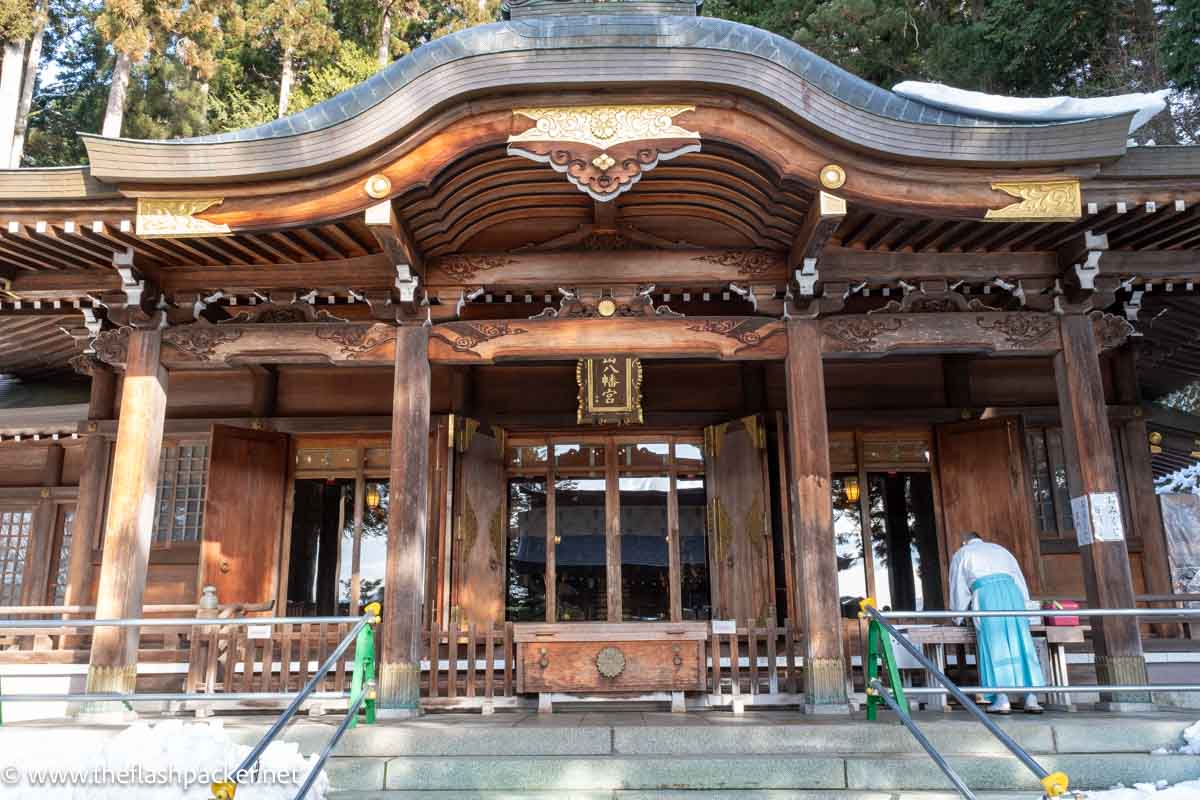
The Takayama Matsuri ranks among Japan’s top three festivals, sharing this honour with Kyoto’s Gion Matsuri and Saitama’s Chichibu Matsuri. What makes this celebration distinct is its split timing, occurring twice annually in April (Spring Festival) and October (Autumn Festival).
The Takayama Festival Floats Museum houses several ornate floats used in these festivals. These elaborate wooden structures stand several stories tall and feature intricate mechanical puppets. Opening hours and ticket prices are here.
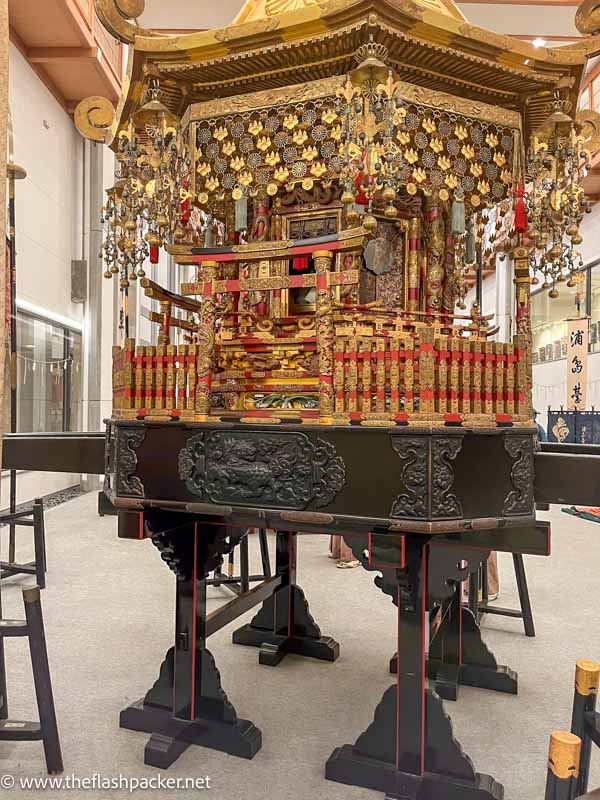
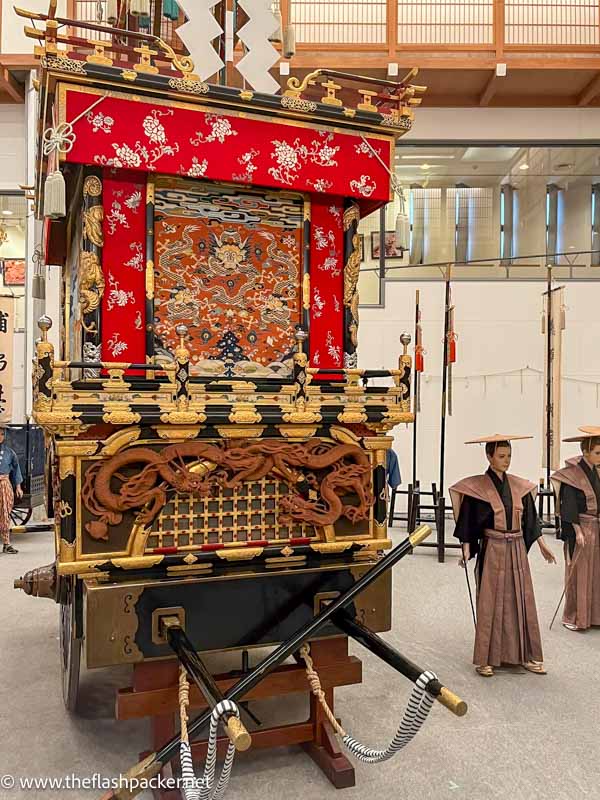
Your ticket includes an audio guide and admission to Sakurayama Nikkoka, a painstaking recreation of the Nikko Tosho-gu Shrine built at 1/10th scale.
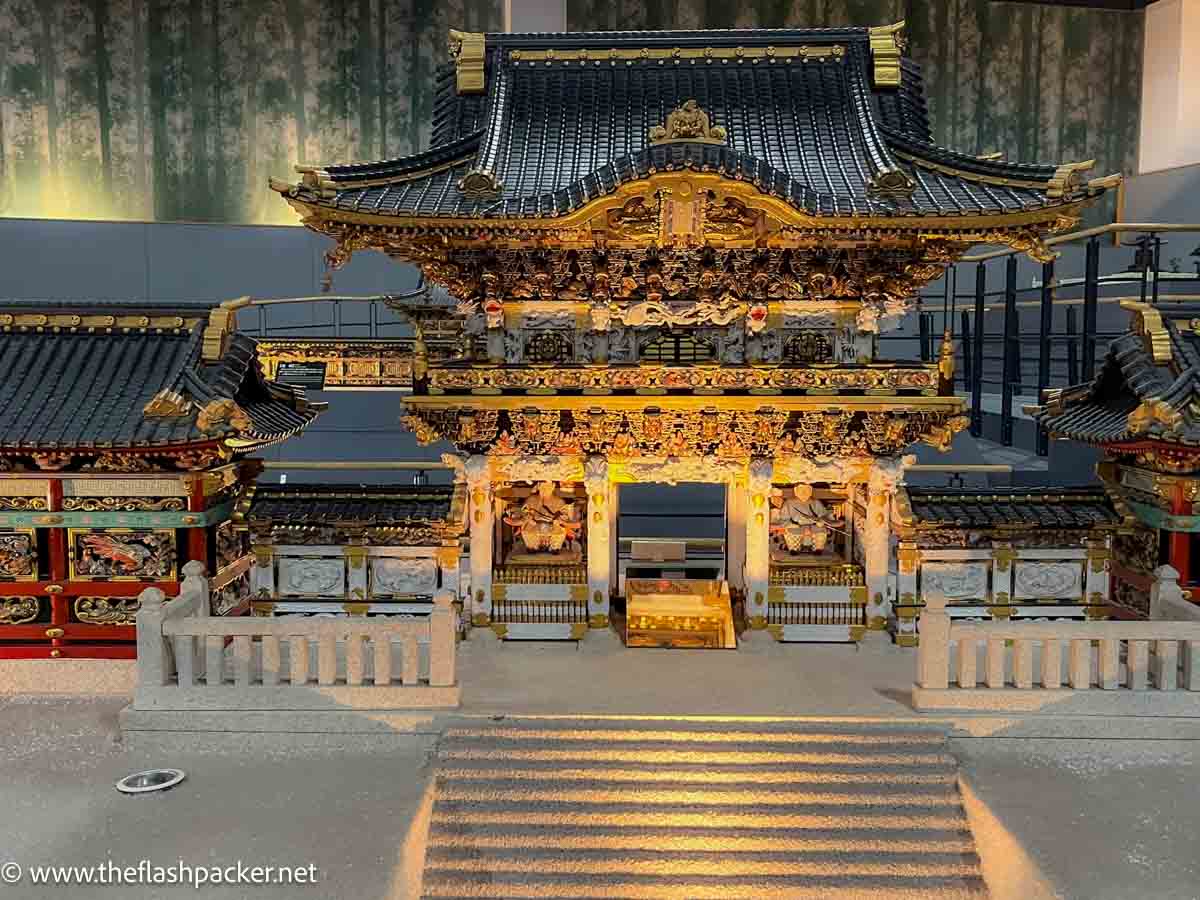
After Sakurayama Nikkoka, retrace your steps along the Miyagawa River to the Sanmachi Preservation Area. Often called “Little Kyoto”, this historic district’s three parallel streets – Kamiichino-machi, Kaminino-machi and Kamsianno-machi – form the heart of old Takayama.
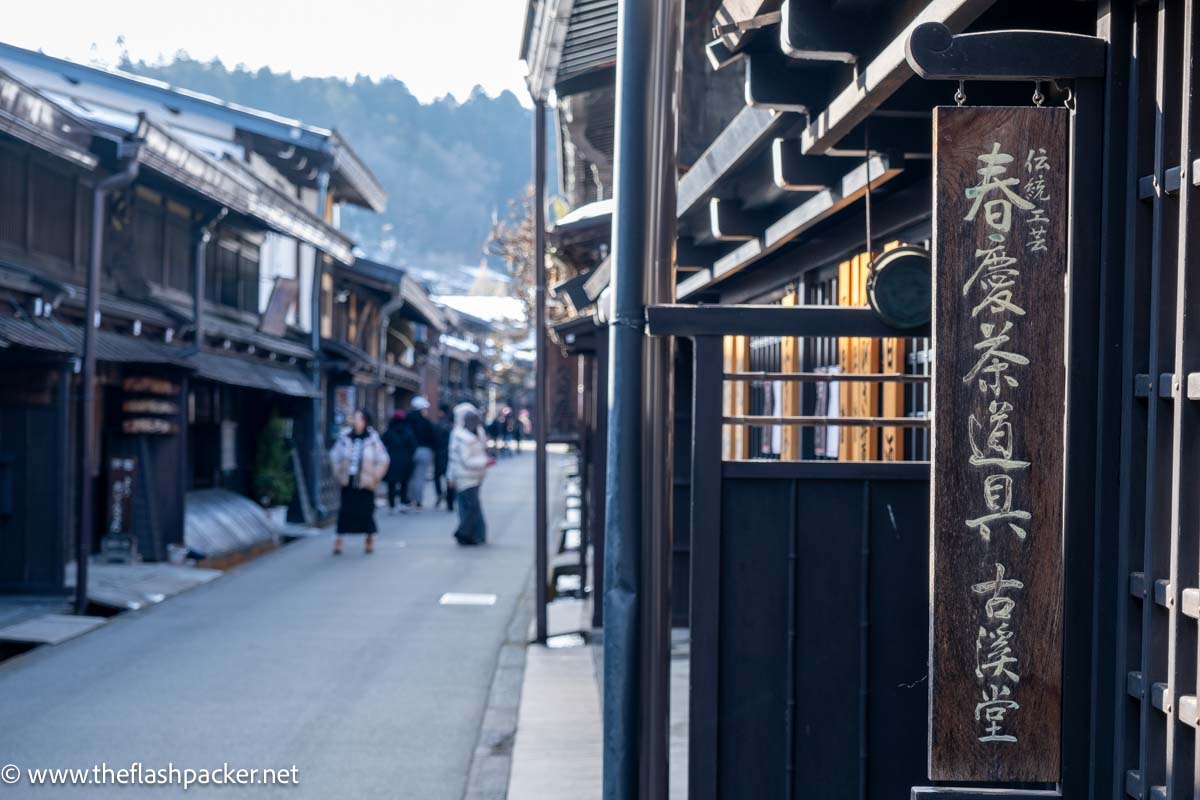
Traditional buildings house century-old sake breweries, craft shops and family-run restaurants. Many sake breweries display sugidama (sugi leaf balls) outside their entrances, indicating fresh sake is available for tasting.
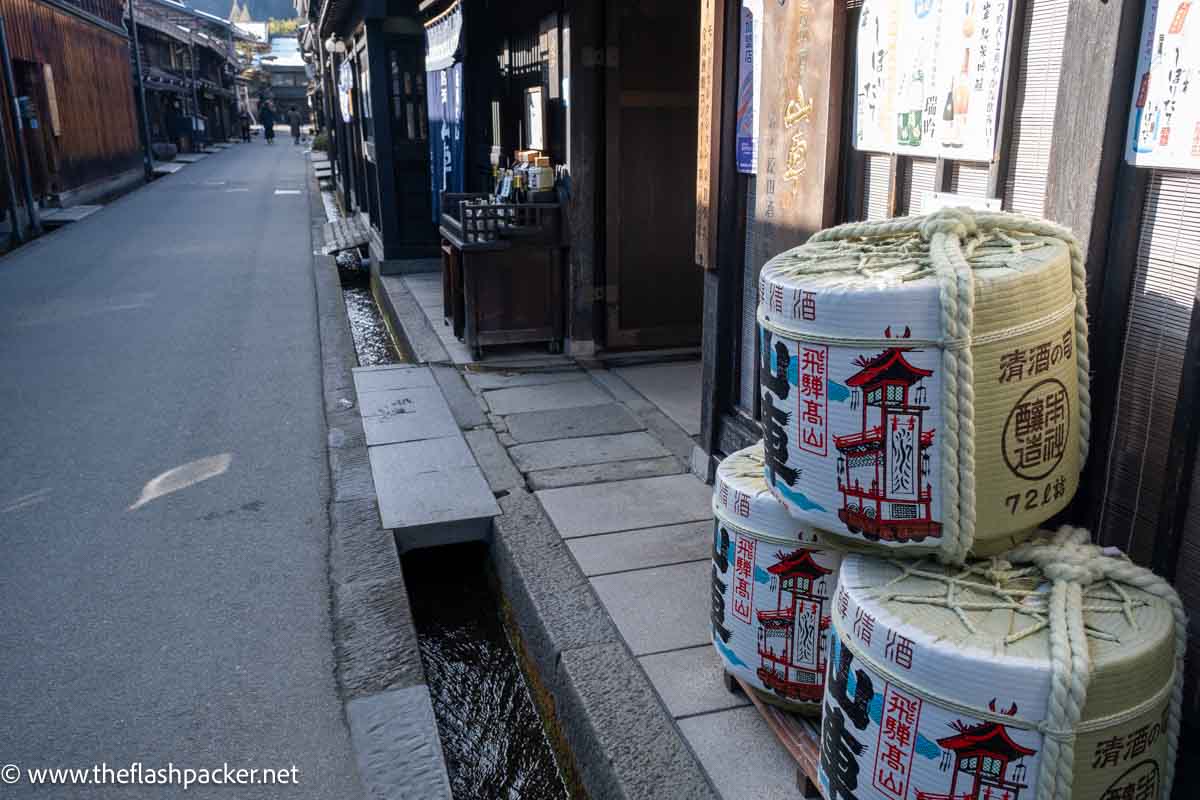
I stopped by Funasaka Sake Brewery, where you slip a token in for the brew of your choice.
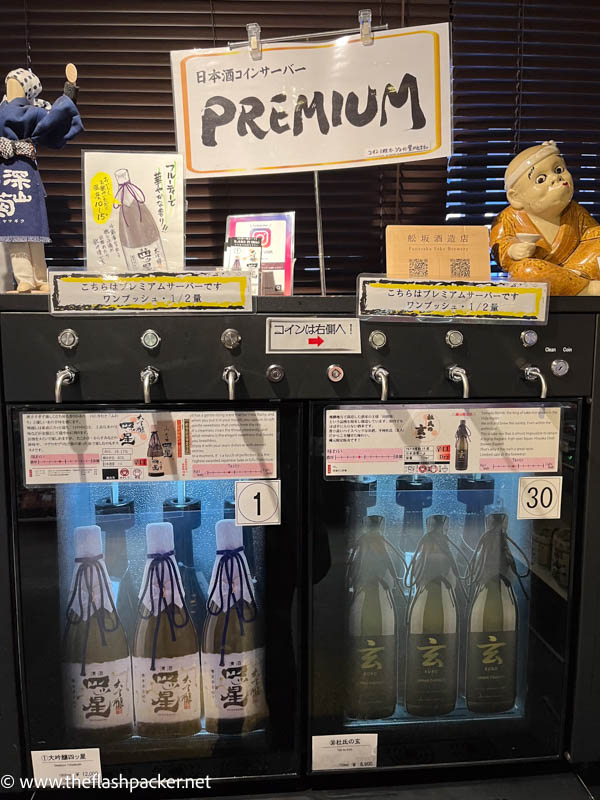
Complete your cultural immersion at the sweet Takayama Museum of History and Art, which traces the history of Takayama over 14 rooms.
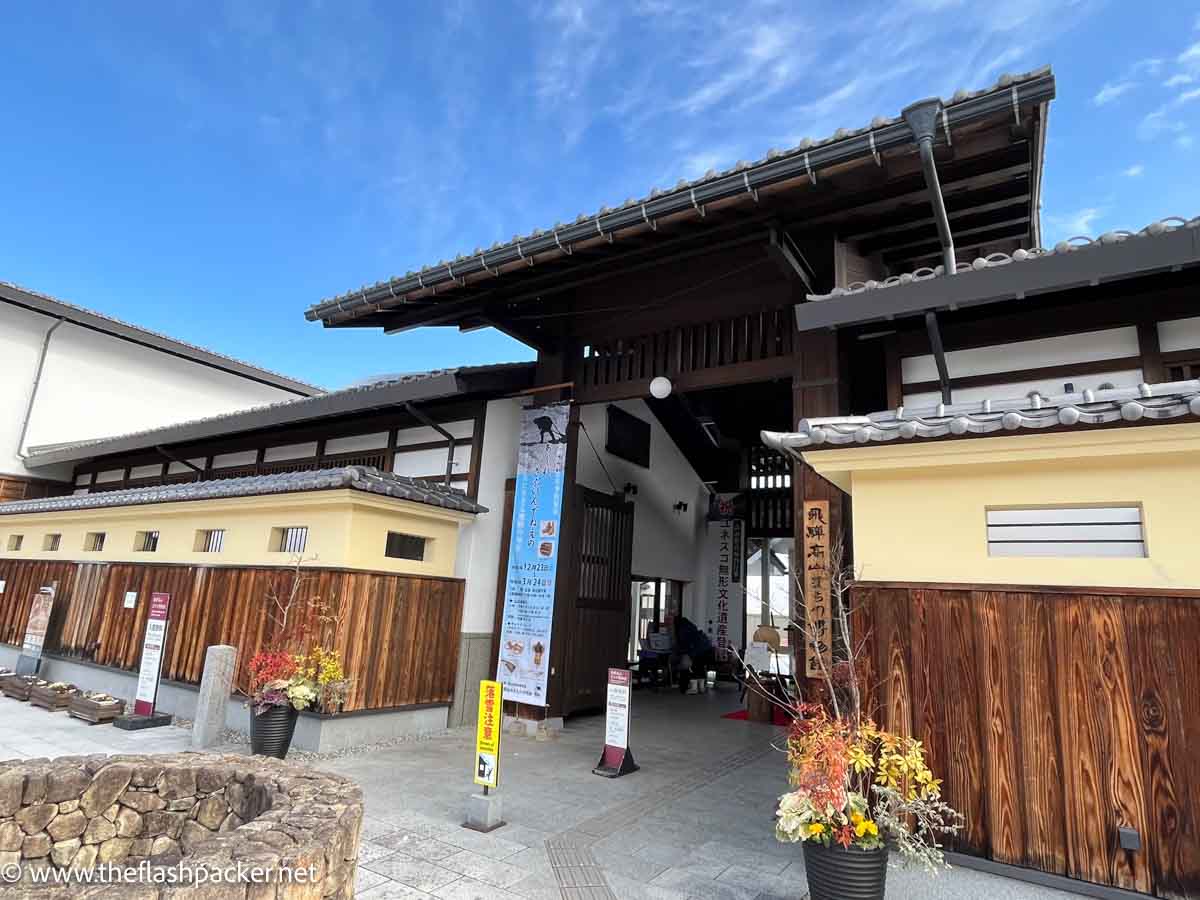
Exhibits cover local crafts, festival traditions and daily life during the Edo period, but I loved the wooden sculptures of the 16th-century monk “Enku”. It’s free to visit, most items are labelled in English and there’s a helpful free information sheet in English. Photography is not allowed.
As evening approaches, make your way to Nakabashi Bridge, an elegant red bridge spanning the Miyagawa River. The bridge is a main crossing point and a popular photography location, particularly beautiful during cherry blossom season and autumn foliage.
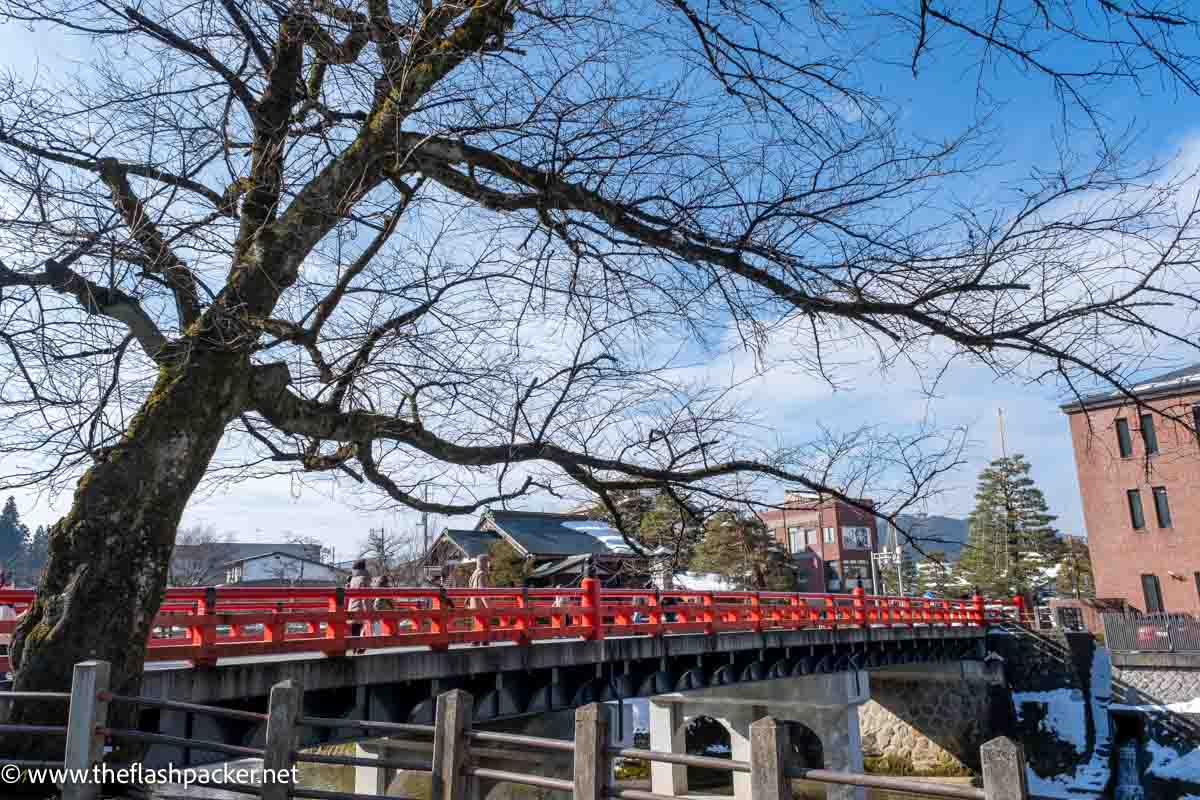
Day 2: Ancient Temples and Rural Heritage
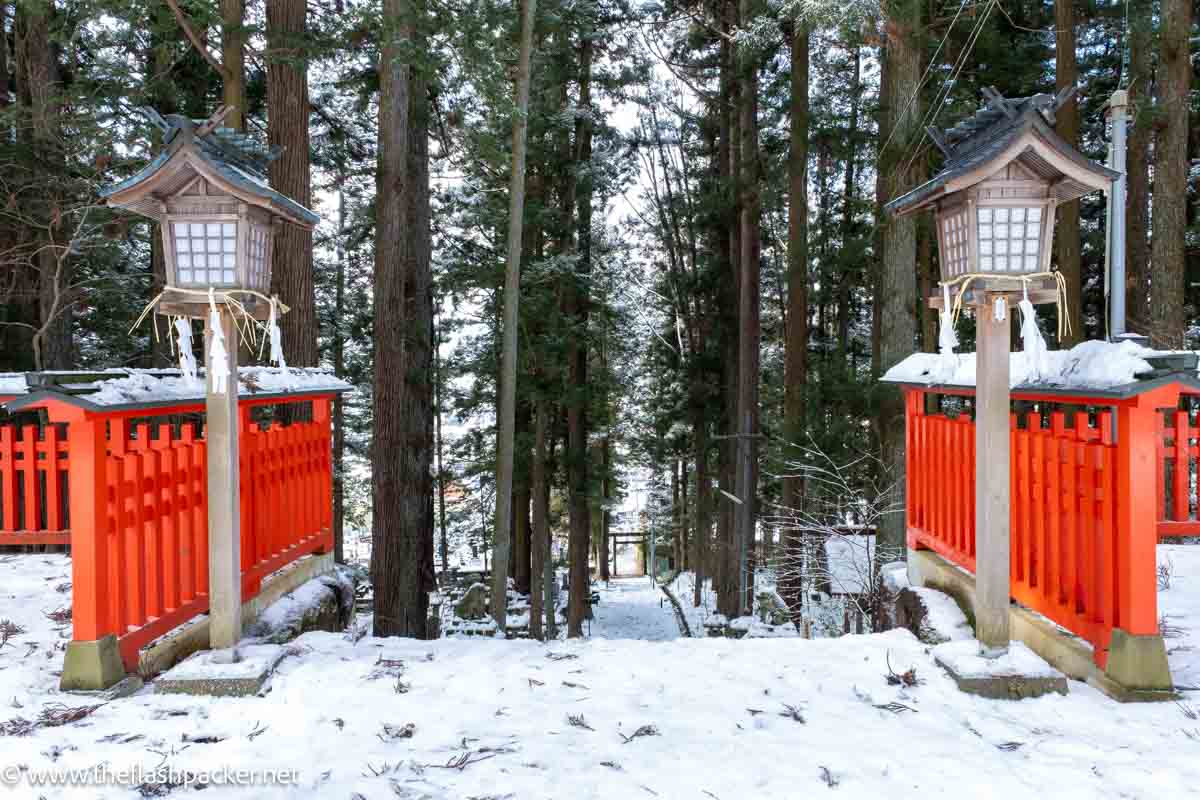
Begin your second day with the Higashiyama Temple Walk. It’s a peaceful trail connecting more than a dozen temples and shrines and was one of my favourite things to do in Takayama.
Starting at Shiroyama Park, the site of the former castle, this path winds through forested hills east of the city centre. Although the full length is 3.5 miles, you can just do part of the course if that fits your Takayama itinerary better.
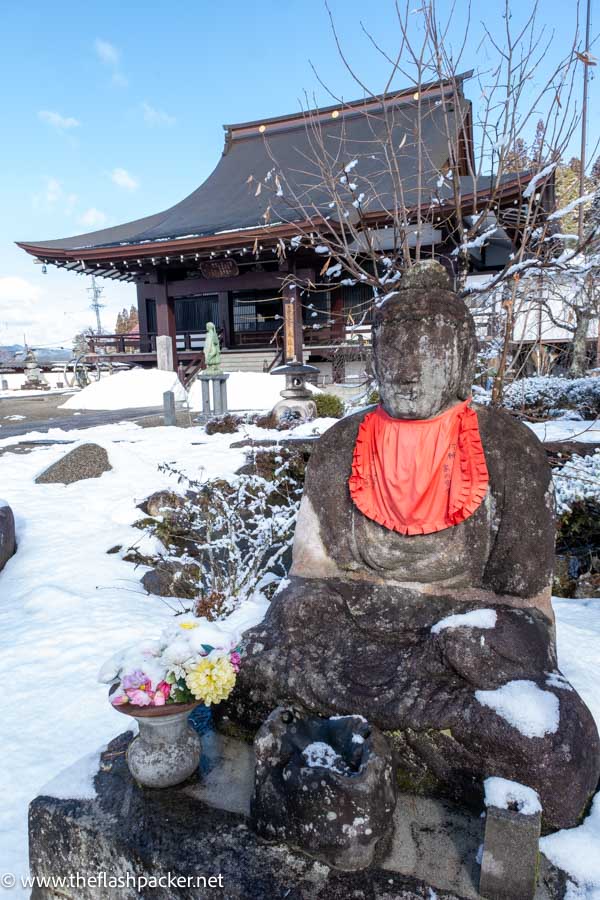
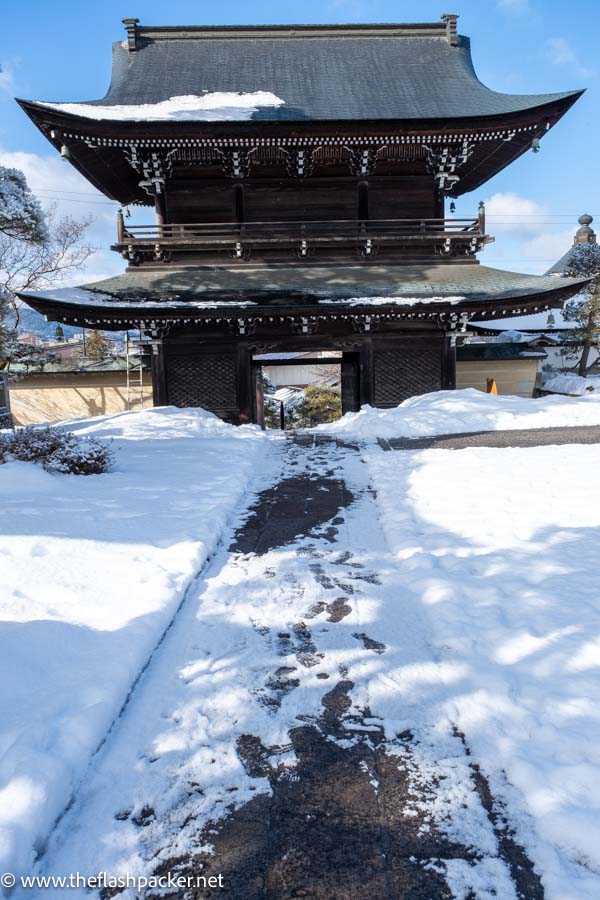
The waymarked Higashiyama Walking Course takes you past picturesque temples and shrines like Hida Kokubunji, home to a massive ginkgo tree believed to be over 1,200 years old.
As you can see from the images, I visited Takayama in winter and there was lots of snow. This made the paths treacherous, so much so that I didn’t complete the full course. Despite that, I still loved the experience.
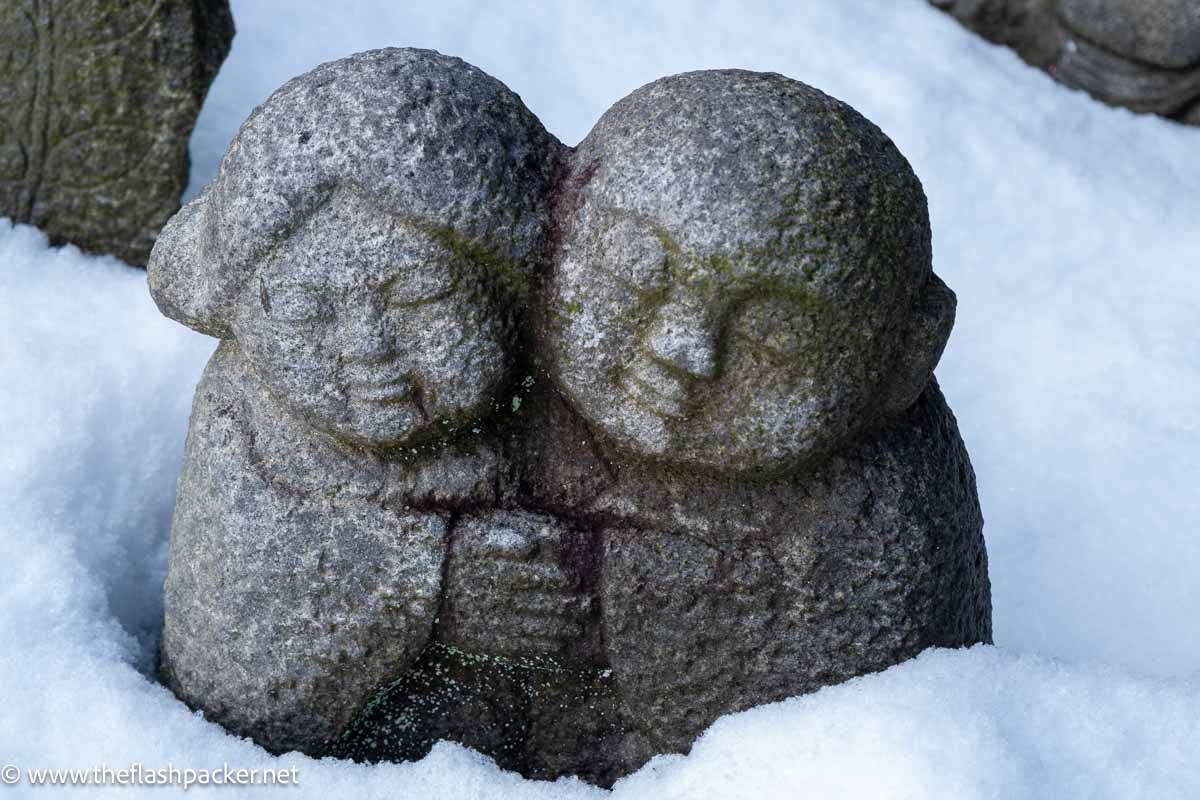
After visiting these temples, take an afternoon trip to Shirakawago, a UNESCO World Heritage site about an hour from Takayama by bus. This village is famous for its traditional gassho-zukuri farmhouses, distinguished by their steep thatched roofs designed to withstand heavy snowfall.
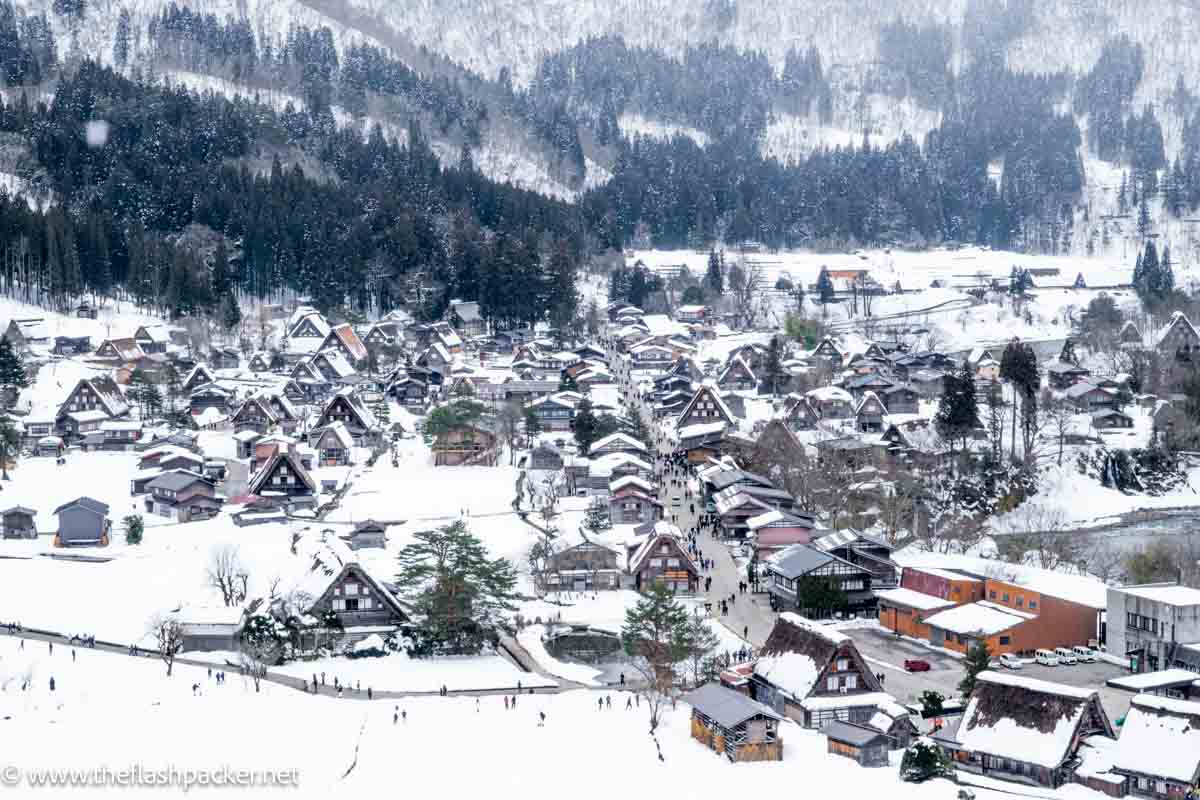
Shirakawago is small and you don’t need more than two hours there. I recommend walking to the observation points and then visiting one of the houses to understand these unique buildings’ internal structure and historical context (I chose Myozenji).
Getting There and Getting Around
Takayama is a small and pedestrian-friendly city. JR Takayama Station and the adjoining Hida Bus Centre, are an easy 10-minute walk from the historic centre.
Where I Stayed
Oyado Koto No Yume is one of the most special places I have stayed in.
This ryokan is three minutes from the train station and packed with character. Its focus is on relaxation, from the onsite onsen to the essential oils burning in the room.
A yukata is provided – and a yukata dressing service – and the Japanese breakfast was amazing. The free laundry was a welcome bonus.
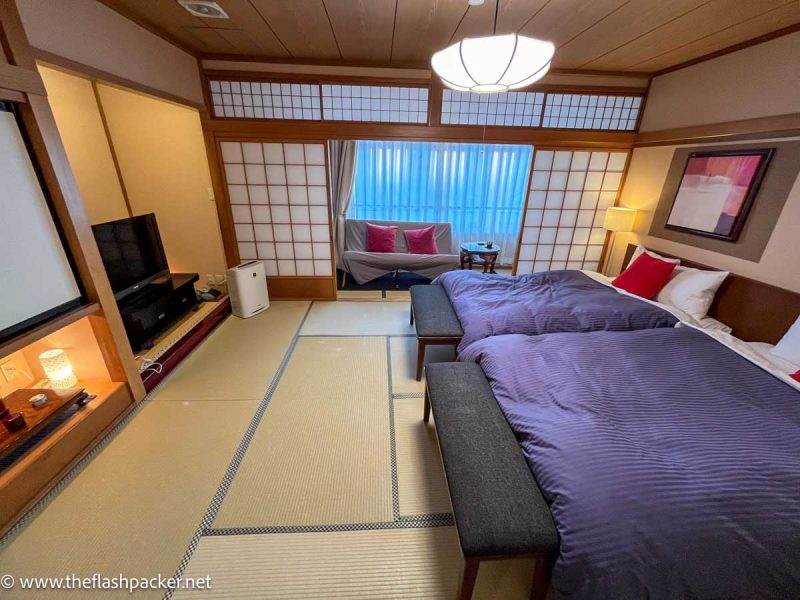
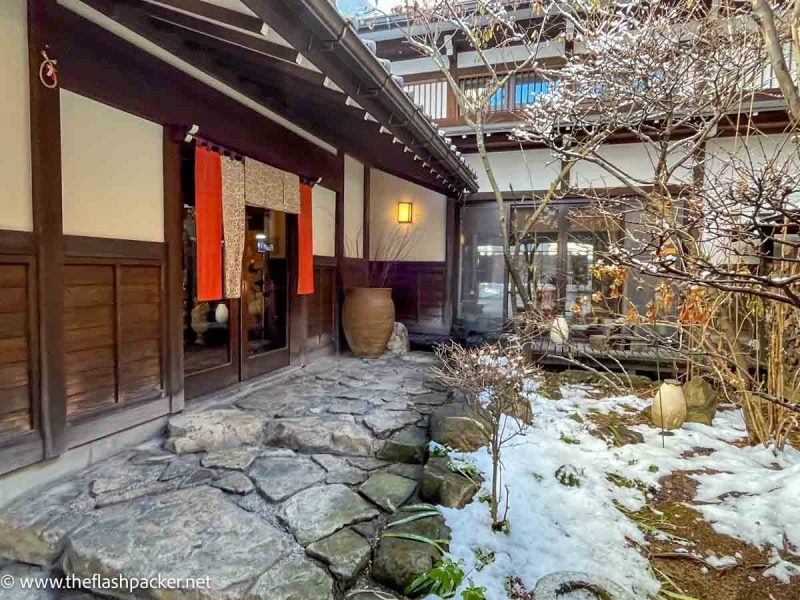
If this doesn’t meet your needs, take a look at these centrally-located properties that other travellers have highly rated.
IORI Stay is a traditional Japanese-style townhouse created in collaboration with local artists with modern and traditional Japanese influences. HOTEL WOOD TAKAYAMA is a Western-style hotel with an onsen.
Timing matters in Takayama. Accommodation prices rise sharply during festival time in April and October. Book well ahead if visiting during these periods.
Ready to explore Takayama?
Many of Takayama’s rewards come from exploring its backstreets and quiet corners. While two days allows you to see the main attractions, consider adding an extra day to discover smaller temples, traditional workshops and local restaurants at a relaxed pace.
The city’s manageable size and well-preserved architecture make it an ideal introduction to traditional Japan. Whether you’re interested in historical architecture, traditional crafts or mountain culture, Takayama offers authentic experiences that reveal the depth of Japan’s cultural heritage.
But if you are looking for alternative nearby destinations consider the following:
Happy travels!
PS. If you’ve found this Takayama guide helpful, Pin it to read later!



About Bridget
Bridget Coleman has been a passionate traveller for more than 30 years. She has visited 70+ countries, most as a solo traveller.
Articles on this site reflect her first-hand experiences.
To get in touch, email her at hello@theflashpacker.net or follow her on social media.
